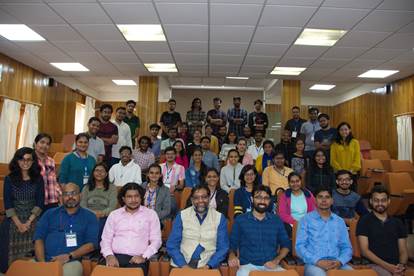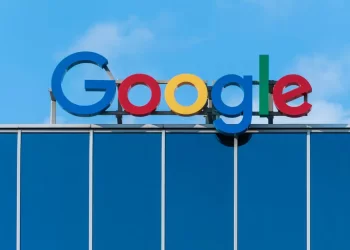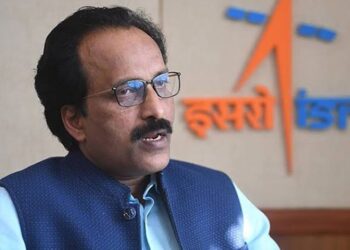Students from institutions and universities across India were exposed to the basic processes happening on the Sun, Aditya-L1 mission, and observational data analysis, as well as the current open problems that young researchers on the subject can address, at a workshop conducted by the Aditya-L1 Science Support Cell (AL1SSC).
“This workshop will help in developing the next generation of solar physicists spread across various institutes and universities in India. It can train younger people from the university sector so that the user community can grow with time and would promote utilisation of data from Aditya L1 by a large number of students and scientists across India,” said Prof. Dipankar Banerjee, Director, Aryabhatta Research Institute of Observational Sciences (ARIES).
The workshop from 27th June to 6th July 2022 by AL1SSC, a joint effort of the Indian Space Research Organisation (ISRO) and ARIES, Nainital, an autonomous institute under the Dept. of Science & Technology (DST), Govt. of India, is a part of the activities commemorating ‘75 years of India’s Independence: Azadi ka Amrit Mahotsav’ at ARIES.
It covered talks and demo sessions on topics such as the sun, observation techniques, the Aditya-L1 mission, statistical & AI/ML techniques, and data analysis techniques by experts in solar physics from various institutes in India.
AL1SSC will be organising more such workshops before and after the launch of Aditya-L1 mission so that the scientific data can be explored by a larger community leading to the exciting scientific outcomes.
The Aditya-L1 mission is India’s first dedicated spacecraft mission to study the Sun. It will enable a comprehensive understanding of the dynamical processes of the Sun and address some of the outstanding problems in solar physics and heliophysics. AL1SSC has been set up to act as a community service centre for the guest observers in preparing science observing proposals and analyzing science data. This support cell provides tools and documentations required to understand, download and analyse the data.

Source:PIB








 Finance
Finance







